Lead magnets are a crucial component of any successful online marketing strategy. In simple terms, lead magnets are valuable incentives that businesses offer to potential customers in exchange for their contact information, usually in the form of an email address. These incentives can come in various formats, such as ebooks, whitepapers, checklists, templates, webinars, and more.
The importance of lead magnets in online marketing cannot be overstated. They serve as a powerful tool for capturing leads and building a targeted email list. By offering something of value to your audience, you can entice them to provide their contact information willingly. This allows you to nurture these leads and guide them through the sales funnel, ultimately increasing the chances of converting them into paying customers.
There are several benefits to using lead magnets in your online marketing efforts. Firstly, they help you establish credibility and authority in your industry by providing valuable content that addresses your audience’s pain points. Secondly, lead magnets allow you to segment your email list based on the specific interests and needs of your subscribers. This enables you to deliver personalized and targeted content that resonates with each segment, increasing engagement and conversion rates. Lastly, lead magnets provide a measurable way to track the effectiveness of your marketing campaigns and make data-driven decisions to optimize your strategy.
Types of Lead Magnets: Choosing the Right One for Your Business
When it comes to choosing the right lead magnet for your business, it’s essential to consider your target audience’s preferences and needs. There are various types of lead magnets that you can offer, depending on your industry and the goals of your marketing campaign.
Some common types of lead magnets include ebooks, which provide in-depth information on a specific topic; checklists or cheat sheets, which offer a concise and actionable list of steps or tips; templates or swipe files, which provide ready-to-use resources that save time and effort; webinars or online courses, which offer live or pre-recorded educational sessions; and free trials or demos, which allow potential customers to experience your product or service firsthand.
To choose the right lead magnet for your business, consider what type of content would be most valuable to your target audience. Conduct market research and analyze your competitors to identify any gaps or opportunities. Additionally, consider the resources and expertise you have available to create and deliver the lead magnet effectively.
Examples of successful lead magnets include HubSpot’s “Ultimate Guide to Email Marketing,” which provides comprehensive insights and strategies for email marketing success; Neil Patel’s “SEO Checklist,” which offers a step-by-step guide to optimizing websites for search engines; Canva’s collection of design templates, which allows users to create professional-looking graphics easily; and Moz’s “Beginner’s Guide to SEO,” which provides a comprehensive introduction to search engine optimization.
Creating High-Quality Lead Magnets: Tips and Best Practices
Creating high-quality lead magnets is crucial for capturing the attention and trust of your audience. Here are some tips and best practices to keep in mind when designing your lead magnets:
1. Understand your audience: Before creating a lead magnet, it’s essential to have a deep understanding of your target audience’s pain points, needs, and preferences. Conduct market research, analyze customer feedback, and use data analytics tools to gain insights into what content would be most valuable to them.
2. Provide unique value: Your lead magnet should offer something that is not readily available elsewhere. It should provide unique insights, actionable tips, or exclusive resources that your audience cannot find elsewhere. This will make it more enticing for them to provide their contact information in exchange.
3. Keep it concise and actionable: While it’s important to provide value, it’s equally important to keep your lead magnet concise and actionable. Avoid overwhelming your audience with too much information or complex concepts. Instead, focus on delivering practical and actionable advice that they can implement immediately.
4. Use compelling visuals: Visual elements such as images, infographics, and charts can enhance the appeal and readability of your lead magnet. Use high-quality visuals that are relevant to the content and help convey your message effectively.
5. Optimize for mobile devices: With the increasing use of mobile devices, it’s crucial to ensure that your lead magnet is optimized for mobile viewing. Make sure the design is responsive and that the content is easily readable on smaller screens.
Examples of effective lead magnets include Buffer’s “Social Media Calendar,” which provides a ready-to-use template for planning and scheduling social media posts; Hootsuite’s “Social Media Analytics Guide,” which offers insights and tips for measuring social media performance; and Shopify’s “Ecommerce Business Blueprint,” which provides a step-by-step guide to starting an online store.
Designing Effective Landing Pages: Elements and Strategies
Once you have created your lead magnet, the next step is to design an effective landing page to promote it. A landing page is a standalone web page that is specifically designed to capture leads by encouraging visitors to take a specific action, such as downloading a lead magnet or signing up for a newsletter.
There are several key elements that should be included in an effective landing page:
1. Attention-grabbing headline: The headline is the first thing visitors see when they land on your page, so it needs to be compelling and attention-grabbing. It should clearly communicate the value proposition of your lead magnet and entice visitors to learn more.
2. Clear and concise copy: The copy on your landing page should be clear, concise, and focused on the benefits of your lead magnet. Avoid using jargon or technical terms that may confuse or alienate your audience. Instead, use simple language that is easy to understand.
3. Engaging visuals: Visual elements such as images, videos, or infographics can help make your landing page more engaging and visually appealing. Use visuals that are relevant to your lead magnet and help convey its value.
4. Call-to-action (CTA) button: The CTA button is the most critical element of your landing page. It should be prominently displayed and clearly communicate the action you want visitors to take, such as “Download Now” or “Sign Up for Free.” Use contrasting colors and compelling copy to make the CTA button stand out.
5. Social proof: Including testimonials, reviews, or case studies on your landing page can help build trust and credibility. Social proof provides evidence that your lead magnet has delivered value to others, increasing the likelihood that visitors will take the desired action.
Strategies for designing landing pages that convert include keeping the design clean and clutter-free, using white space effectively to guide visitors’ attention, using persuasive language and storytelling techniques to create an emotional connection with your audience, and conducting A/B testing to optimize your landing page’s performance.
Examples of successful landing pages include Unbounce’s landing page for their ebook “The Conversion Benchmark Report,” which features a compelling headline, engaging visuals, and a clear CTA button; Leadpages’ landing page for their webinar “How to Create High-Converting Landing Pages,” which includes social proof in the form of testimonials; and OptinMonster’s landing page for their lead magnet “The Ultimate Guide to Growing Your Email List,” which uses persuasive copy and a visually appealing design.
Crafting Compelling Calls-to-Action: Techniques and Examples
A call-to-action (CTA) is a prompt that encourages visitors to take a specific action, such as signing up for a newsletter, downloading a lead magnet, or making a purchase. Crafting compelling CTAs is crucial for driving conversions and maximizing the effectiveness of your lead magnets. Here are some techniques and examples to help you create compelling CTAs:
1. Use action-oriented language: Your CTA should use action-oriented language that clearly communicates the desired action and creates a sense of urgency. For example, instead of using generic phrases like “Submit” or “Click Here,” use more specific and compelling phrases like “Get Your Free Ebook Now” or “Start Your 30-Day Trial Today.”
2. Highlight the benefits: Instead of focusing solely on the action you want visitors to take, highlight the benefits they will receive by taking that action. For example, instead of saying “Sign Up for Our Newsletter,” say “Sign Up for Our Newsletter and Get Exclusive Tips and Discounts.”
3. Create a sense of urgency: Urgency can be a powerful motivator for action. Use words or phrases that create a sense of urgency, such as “Limited Time Offer,” “Only X Spots Left,” or “Offer Ends Soon.” This can encourage visitors to take immediate action rather than putting it off.
4. Use contrasting colors: Make your CTA button stand out by using contrasting colors that catch the eye. Choose colors that are visually appealing and align with your brand’s color scheme.
5. Test different variations: Conduct A/B testing to determine which CTAs perform best. Test different variations of your CTA button, copy, placement, and design to see which combination drives the highest conversion rates.
Examples of effective CTAs include Mailchimp’s CTA button on their landing page, which says “Sign Up Free” and highlights the benefit of getting started without any cost; Dropbox’s CTA button on their homepage, which says “Get Started” and creates a sense of urgency by mentioning that users can start for free; and Spotify’s CTA button on their homepage, which says “Get Spotify Free” and highlights the benefit of accessing millions of songs without any cost.
Optimizing Your Website for Lead Generation: Tools and Strategies
Optimizing your website for lead generation is crucial for maximizing the effectiveness of your lead magnets. Here are some tools and strategies to help you improve your website’s conversion rates:
1. Use pop-ups and slide-ins: Pop-ups and slide-ins are effective tools for capturing leads. Use them strategically to offer your lead magnet or promote your newsletter at the right moment, such as when a visitor is about to leave your site or has scrolled down a certain percentage of the page.
2. Implement exit-intent technology: Exit-intent technology detects when a visitor is about to leave your site and displays a targeted message or offer to encourage them to stay or take a specific action. This can be an effective way to capture leads that would have otherwise been lost.
3. Optimize your forms: The forms on your website should be optimized for ease of use and minimal friction. Keep the number of form fields to a minimum and only ask for essential information. Use clear and concise instructions, and consider using autofill functionality to make it easier for visitors to complete the form.
4. Use heatmaps and analytics tools: Heatmap tools, such as Hotjar or Crazy Egg, can provide valuable insights into how visitors interact with your website. Use these tools to identify areas of improvement, such as high drop-off points or areas of low engagement, and make data-driven decisions to optimize your website’s performance.
5. Implement live chat: Live chat functionality allows visitors to ask questions or seek assistance in real-time. This can help build trust and provide immediate support, increasing the chances of converting visitors into leads.
Examples of successful website optimization include Sumo’s use of pop-ups and slide-ins to offer lead magnets and promote their newsletter; Neil Patel’s implementation of exit-intent technology on his blog, which offers a free consultation before visitors leave; and Intercom’s use of live chat functionality on their website, which provides immediate support and assistance to visitors.
Using Social Media to Promote Your Lead Magnets: Tips and Tactics
Social media platforms provide a powerful channel for promoting your lead magnets and reaching a wider audience. Here are some tips and tactics to help you effectively promote your lead magnets on social media:
1. Create compelling visuals: Visual content tends to perform better on social media platforms. Create eye-catching and visually appealing graphics or videos that promote your lead magnet. Use high-quality images, engaging colors, and clear messaging to capture the attention of your audience.
2. Use targeted advertising: Social media platforms offer robust targeting options that allow you to reach specific segments of your audience. Use these targeting options to promote your lead magnet to the most relevant audience, increasing the chances of capturing qualified leads.
3. Leverage influencers: Collaborating with influencers in your industry can help you reach a wider audience and build credibility. Identify influencers who align with your brand values and have a significant following, and work with them to promote your lead magnet.
4. Run contests or giveaways: Contests or giveaways can be an effective way to generate buzz and excitement around your lead magnet. Encourage participants to share your content or tag their friends for a chance to win, increasing the reach and visibility of your promotion.
5. Engage with your audience: Social media is a two-way communication channel. Engage with your audience by responding to comments, answering questions, and participating in relevant conversations. This will help build trust and establish a relationship with your followers, increasing the likelihood that they will engage with your lead magnet.
Examples of successful social media campaigns include HubSpot’s use of targeted advertising on Facebook to promote their lead magnets, which resulted in a significant increase in leads; Gary Vaynerchuk’s collaboration with influencers on Instagram to promote his lead magnet, which helped him reach a wider audience; and Buffer’s use of contests on Twitter to generate excitement and engagement around their lead magnets.
Leveraging Email Marketing for Lead Nurturing: Best Practices and Tools
Email marketing is a powerful tool for nurturing leads and guiding them through the sales funnel. Here are some best practices and tools to help you leverage email marketing effectively:
1. Segment your email list: Segmenting your email list based on the specific interests, preferences, or behaviors of your subscribers allows you to deliver personalized and targeted content. Use data analytics tools to identify patterns and create segments that align with your marketing goals.
2. Provide valuable content: Your email content should provide value to your subscribers and address their pain points or needs. Avoid sending purely promotional or sales-focused emails. Instead, focus on delivering educational or informative content that establishes your expertise and builds trust.
3. Use automation tools: Email automation tools, such as Mailchimp or ConvertKit, can help you streamline your email marketing campaigns and save time. Use these tools to set up automated workflows, such as welcome emails, drip campaigns, or abandoned cart reminders.
4. Test different subject lines and copy: The subject line is the first thing subscribers see when they receive an email from you, so it needs to be compelling and attention-grabbing. Test different subject lines and copy variations to see which ones drive higher open rates and engagement.
5. Monitor and analyze performance: Regularly monitor the performance of your email campaigns using analytics tools. Track metrics such as open rates, click-through rates, and conversion rates to identify areas of improvement and make data-driven decisions.
In conclusion, it is evident that technology has greatly impacted our lives in numerous ways. From the way we communicate and access information to the way we work and entertain ourselves, technology has become an integral part of our daily routines. While there are certainly drawbacks and concerns associated with its use, such as privacy issues and the potential for addiction, the benefits of technology cannot be ignored. It has revolutionized industries, improved efficiency, and connected people from all corners of the globe. As technology continues to advance at a rapid pace, it is crucial that we adapt and embrace it responsibly to fully harness its potential for positive change.























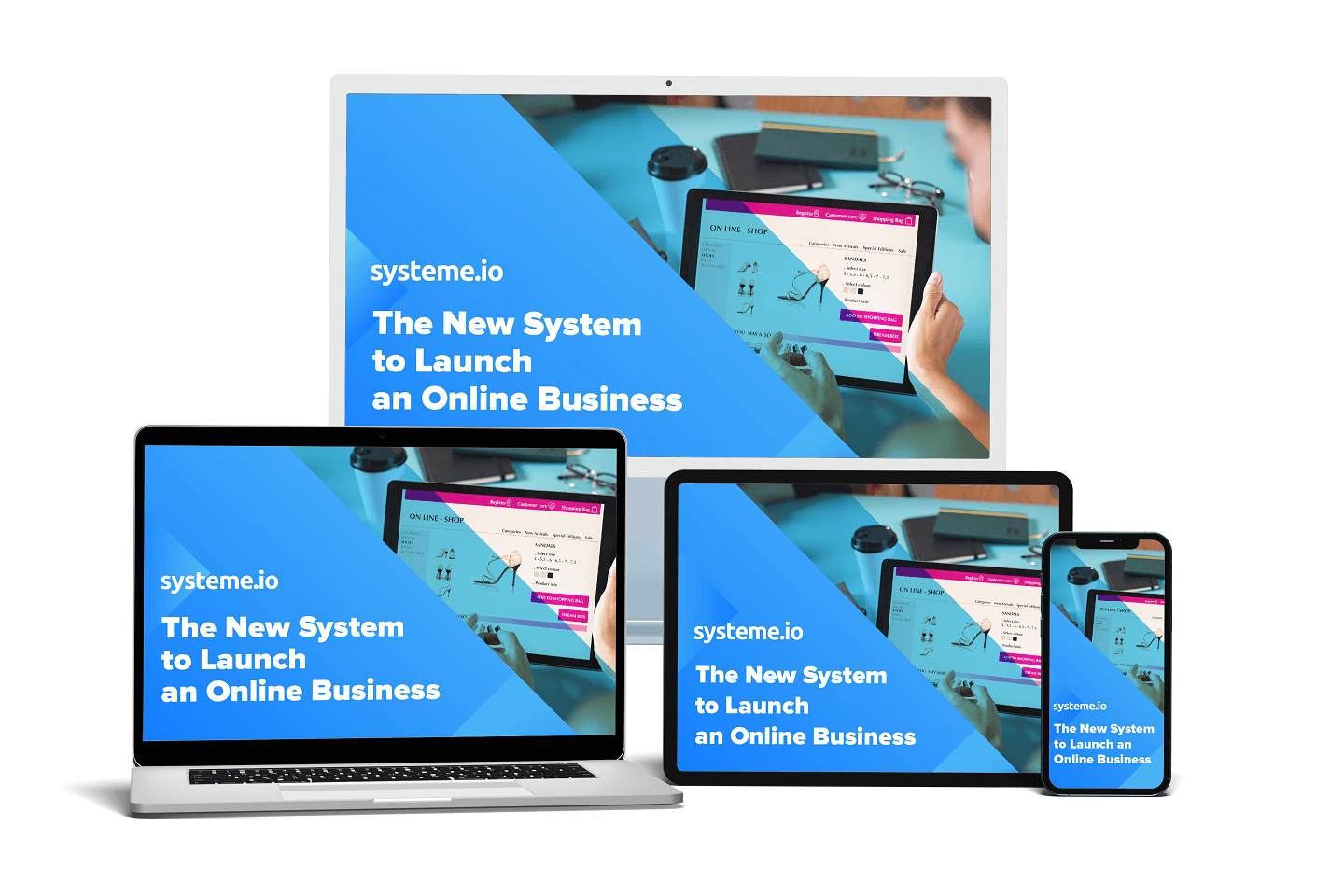

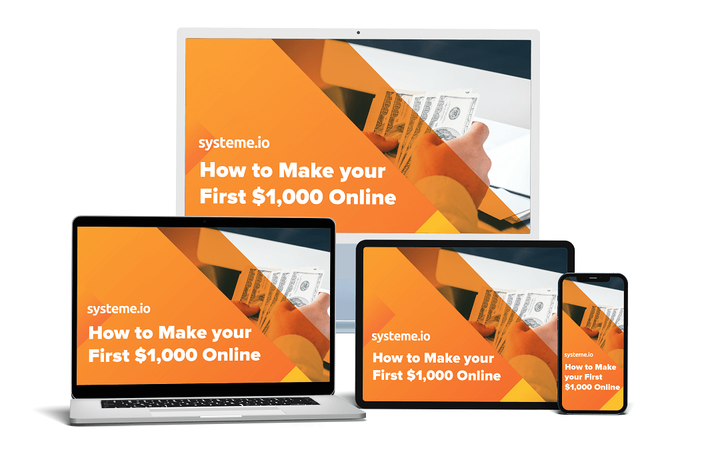
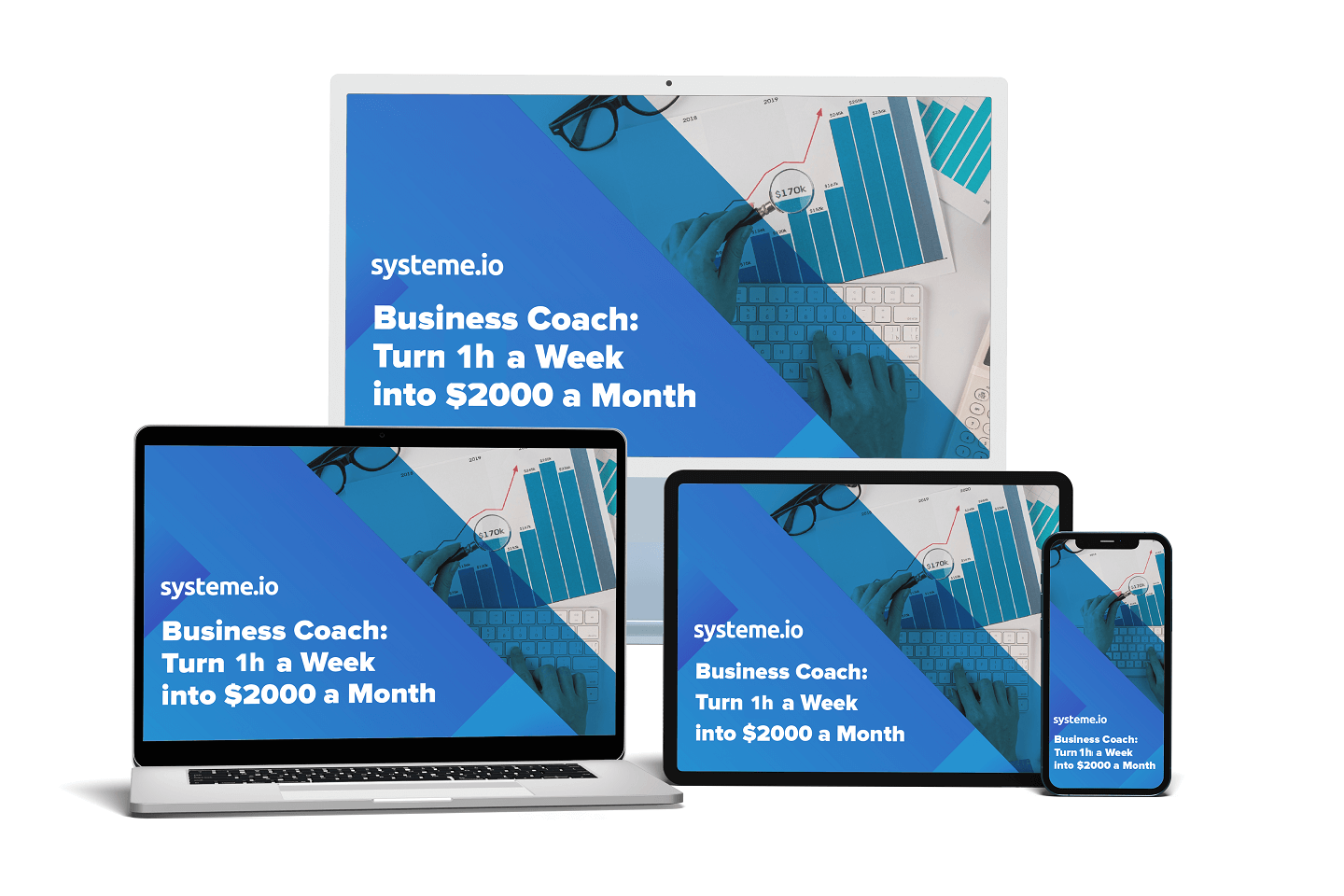
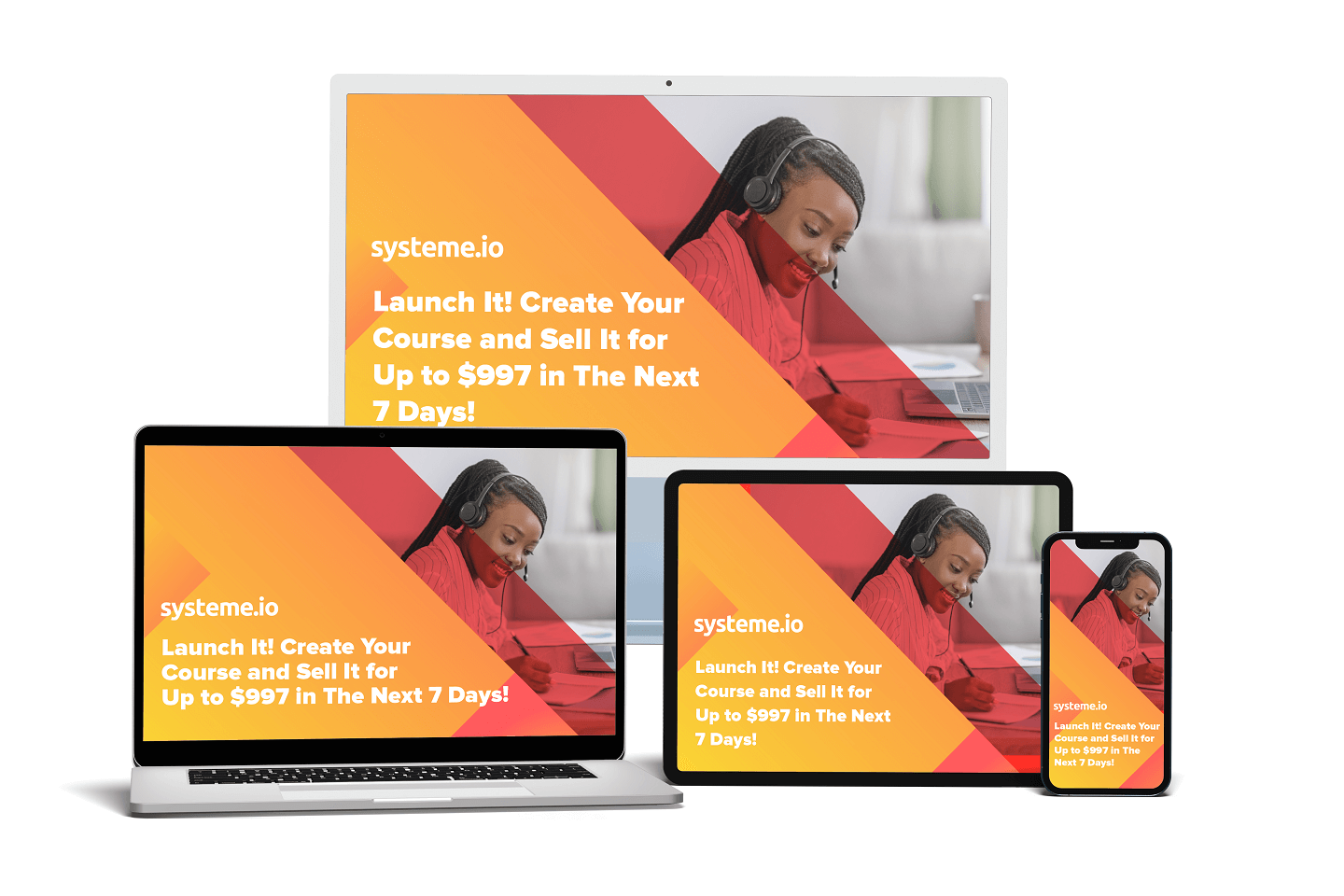
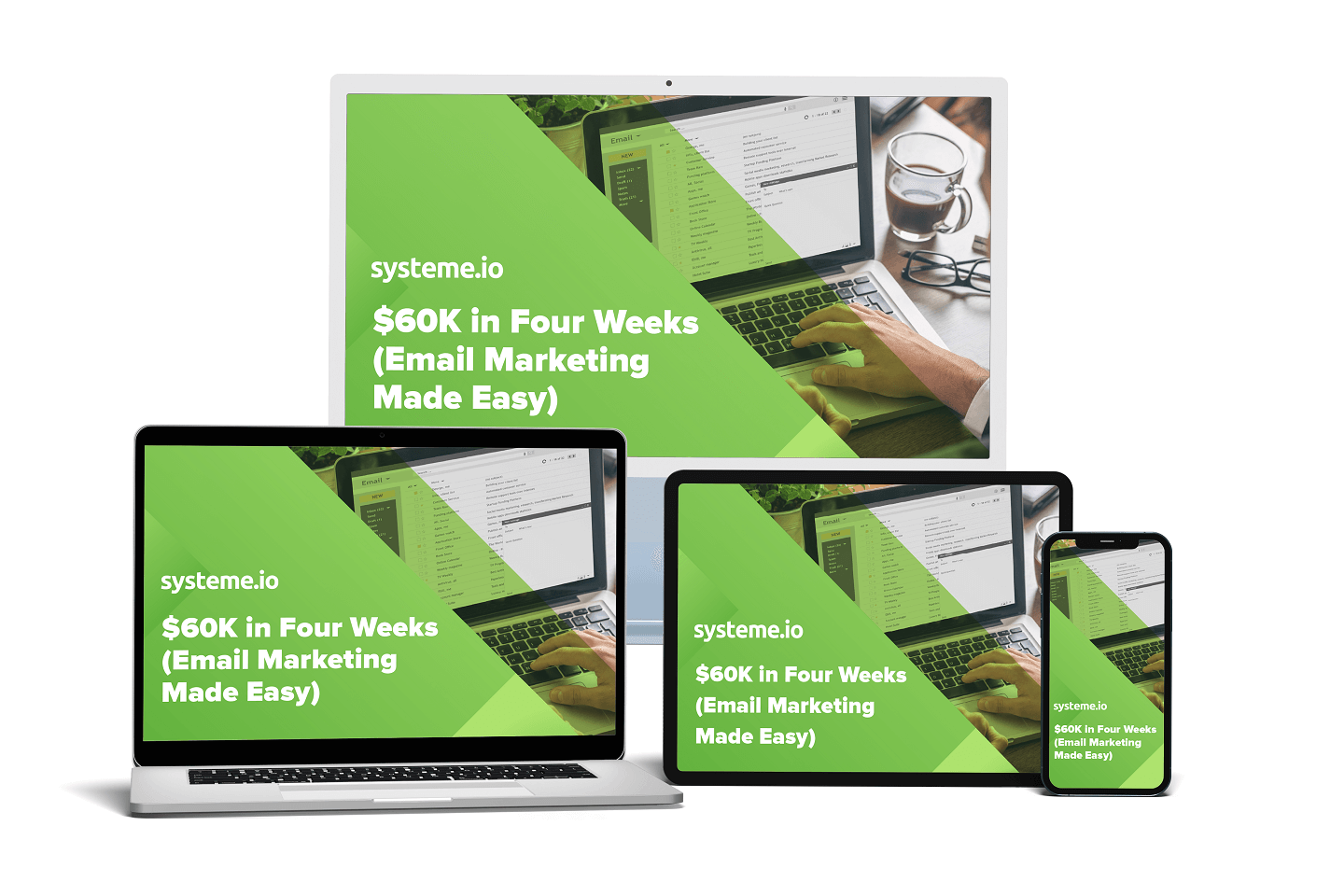
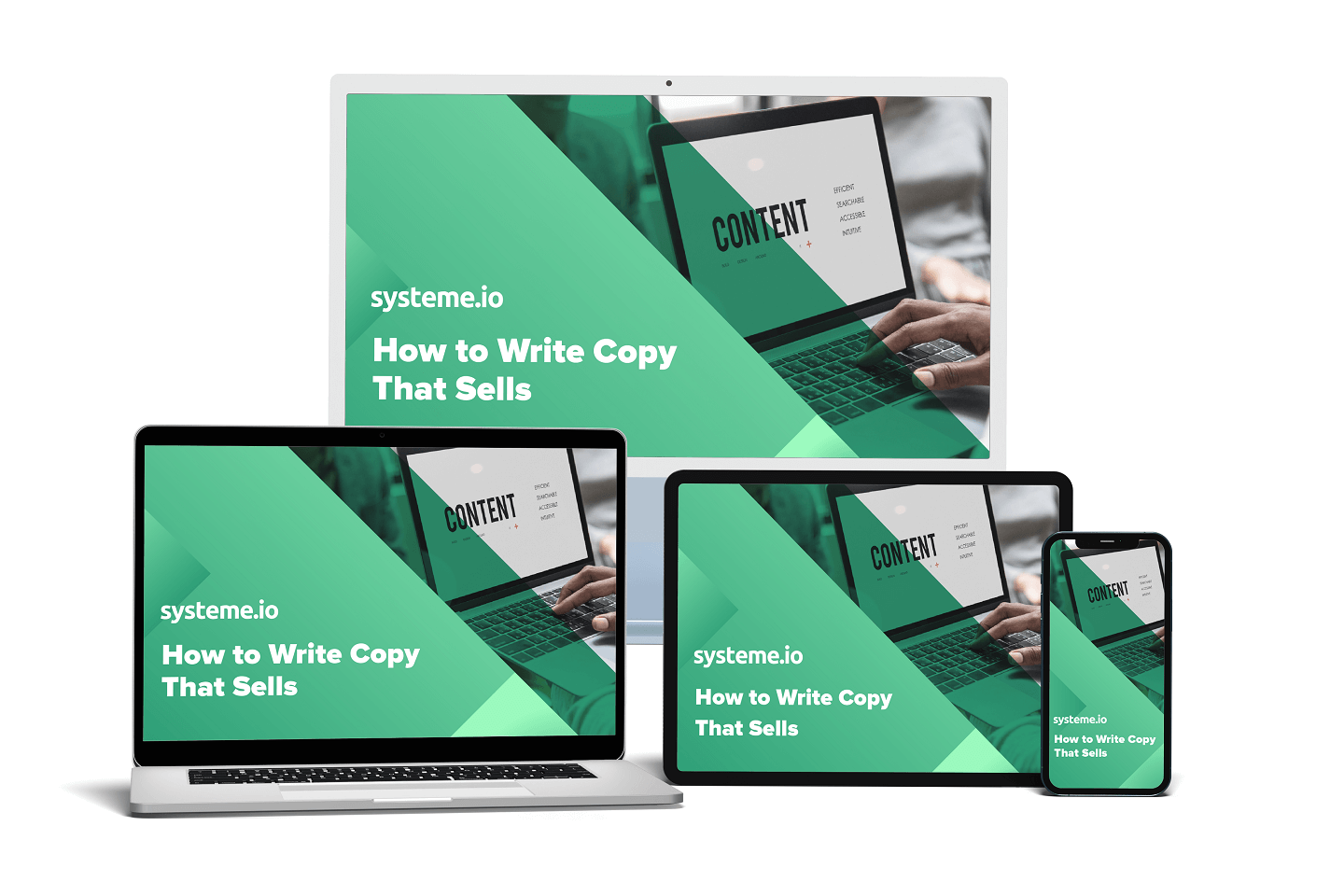
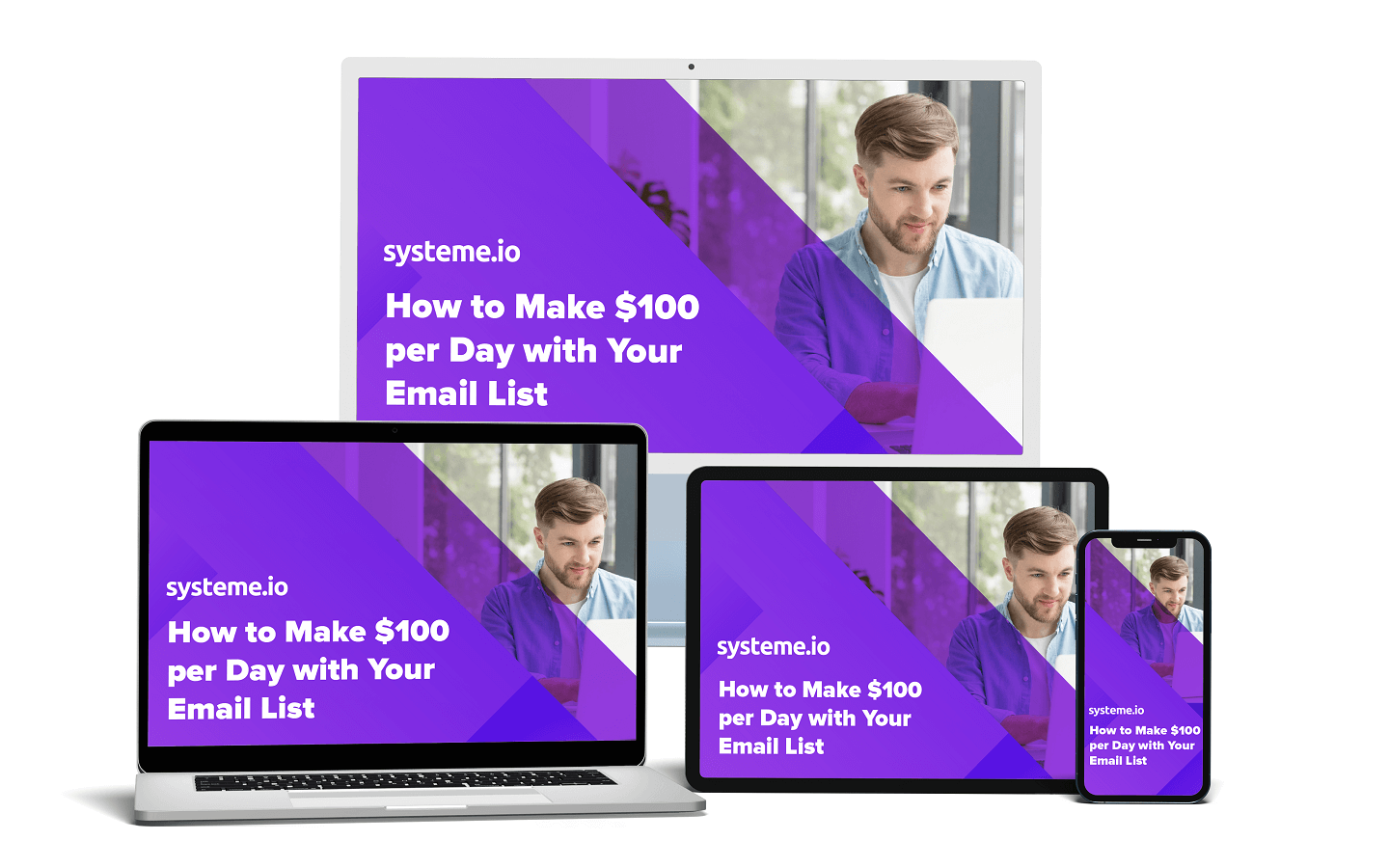








0 Comments